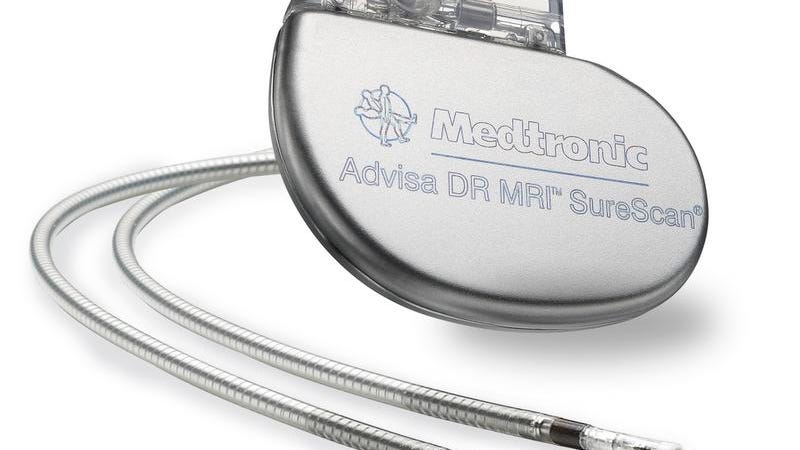
You should also have regular check-ups with your medical team so that they can monitor your health and the condition of your pacemaker. The American Heart Association has developed a downloadable card you can fill out. Your doctors may also recommend that you keep a printed card noting the type of pacemaker, when it was installed, the condition it treats and all contact information for the doctor. If you are ever in a position where you cannot speak for yourself, this information will help first-responders and others treat you appropriately. Remember, your pacemaker will be invisible beneath your skin. Wearing a Medical ID Bracelet or NecklaceĪfter you receive your pacemaker, your medical team may recommend that you wear a medical ID bracelet or necklace to let emergency personnel and other healthcare providers know that you have a pacemaker. Your doctor will want to see you regularly until he or she is certain the pacemaker is functioning as it should and your body has adjusted to it. It is likely you will not be allowed to work out strenuously or lift anything heavy until you have received your doctor’s approval. In general, these recommendations will depend on your overall health, risk factors and activity level. Your electrophysiologist will provide recommendations concerning your activities following implantation of the pacemaker. After Your Pacemaker Implantation Procedure Several follow-up visits will be scheduled to make sure the device is operating correctly, and to talk with you about how the pacemaker is working for you. During your hospital stay, your electrophysiologist will program your pacemaker to fit your needs, considering your heart condition and activity level. Once your pacemaker has been successfully implanted, your medical team will probably recommend that you stay overnight in the hospital. The pacemaker’s battery and the circuits that create the electrical impulses (the pulse generator) will be implanted below your skin, not far from your collarbone. Once the electrodes have been delivered to the heart, your electrophysiologist will place them inside your heart where they can deliver electrical impulses to the muscles of the upper and/or lower heart chambers. These electrodes will be guided through the veins to your heart.

Your electrophysiologist will implant tiny wires, known as electrodes or leads, near your collarbone. The area where the pacemaker is to be inserted will be numbed, so that you will not feel the procedure taking place. You can learn more about electrophysiologists and atrial fibrillation care teams here.īefore the procedure, you will be given a sedative to help you relax. A specially trained cardiologist, called an electrophysiologist, leads a team of health professionals who work in the electrophysiology (EP) lab. Pacemaker implantation procedures are performed in a hospital and may take several hours. Learn more about Holter monitoring here.ĭepending on your overall health and any risk factors, your doctor may recommend other tests as well. The device, called a Holter monitor, records your heart’s rate and rhythm.

Holter Monitoring: Your doctor may recommend that you wear a device for several hours or up to 2 days as you go about your regular routine.

Learn more about how an echocardiogram works here. The information provided by this test can help your doctor see the heart’s chambers, walls, muscles and valves. Echocardiogram: This test uses sound waves to create a moving picture of your heart.Stress Test: Sometimes your doctor will recommend that a stress test be performed along with an electrocardiogram to monitor your heart’s electrical activity during physical activity, such as walking on a treadmill or riding an exercise bike.Electrocardiogram (EKG or ECG): This quick, painless test measures the heart’s electrical activity and records any disturbances in heart rhythm.Testing Before Pacemaker Implantationīefore your pacemaker procedure, your doctor and medical team will recommend various tests to confirm that you are likely to benefit from having a pacemaker: Here we review some general information about pacemaker implantation.
#Heart passmaker skin#
If you and your doctor decide that a pacemaker is the right treatment for your condition, your care team will explain how the small, battery-powered device will be implanted under your skin and how it will work to monitor your heart rate and send electrical signals to your heart.īefore you receive a pacemaker for a cardiac arrhythmia such as atrial fibrillation, your medical team will make sure you are aware of how the device works as well as any limitations to your normal activities that will be necessary after the procedure.


 0 kommentar(er)
0 kommentar(er)
